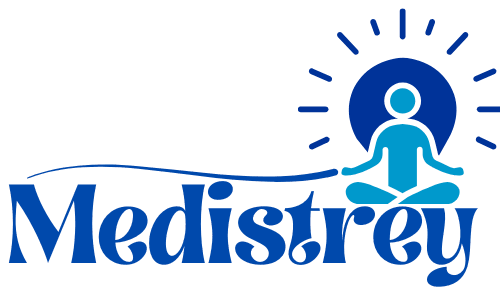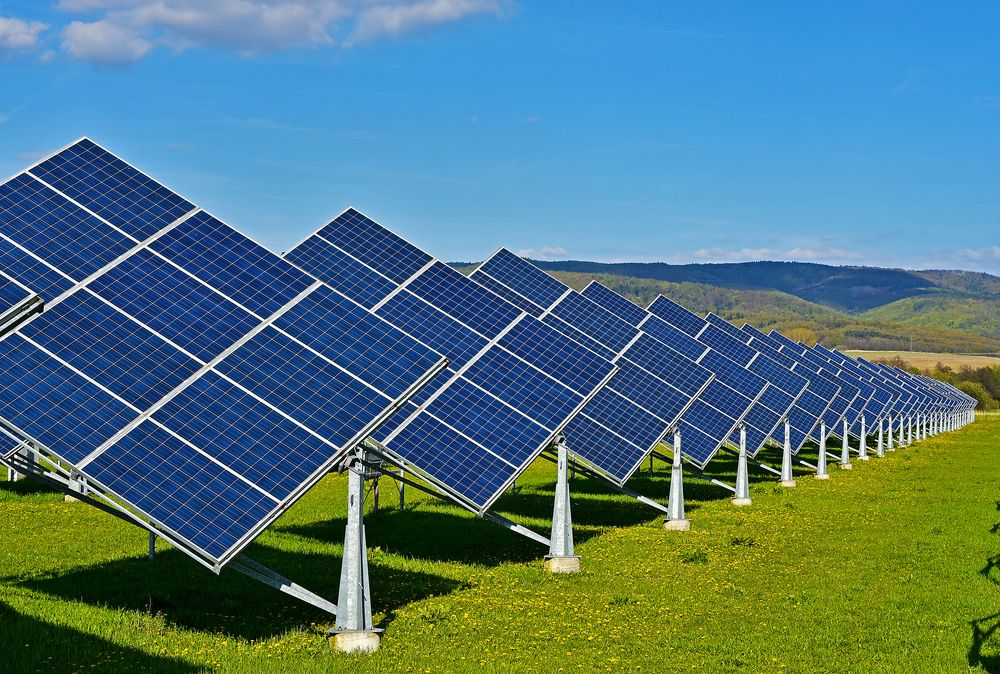With the global advancement in renewable power sources growing, more companies and customers are investing their money in solar power. This reduces the expense of electricity and also helps the environment. The most essential component is often left out during the installation process: the solar inverter. Although solar panels function as the main display unit for the system, the inverter is the primary unit of the system. The system is dependent on the solar inverter’s ability to transform solar energy into electricity that can be used for operational purposes and also to enhance the instrument’s capabilities and enable intelligent power monitoring. To ensure your complete independence from electric utility companies, it is essential to go beyond installing solar panels and add the highest-performance energy inverter for solar..
What Is a Solar Inverter and Why Does It Matter?
A solar inverter transforms the direct current generated by solar panels (DC) into alternating current (AC) electricity that is utilized by the majority of appliances and homes. This conversion process lets solar panels produce electricity that can be used by your household. Inverters control the flow of energy as well: they provide power to your home or battery storage device before transmitting excess power through the grid.
The inverter serves as the solar system’s control center. It continuously monitors the system’s output and implements strategies to optimize MPPT for maximum production. The system then stabilizes operating conditions. The solar system requires inverters to ensure its efficiency in operation and depends on this element. Selecting the right solar inverter allows you to manage power consumption more effectively while providing an efficient, reliable power source.
How a Solar Inverter Improves Energy Freedom
Energy freedom provides users with full control over the production of private electricity for home use. Enhancing the performance of solar panels and a high-quality solar inverter can support this self-directed energy generation. Modern inverters offer live monitoring capabilities via smartphone apps, along with dashboards on the web that display your solar panel’s power production, along with your usage information, as well as information on your energy destination.
If you monitor your solar system’s output, you are able to alter your power requirements to the peak of solar output, which results in a reduction in your utility bills. Users of battery storage benefit from better inverter control features that manage grid integration in conjunction with the charging and discharging of their batteries. The automated functions of your system let you control the route of your electrical power between storage, distribution, and usage to avoid the dependence on utility companies and ensure the supply of power is consistent.
Different Types of Solar Inverters
Inverters for solar are available in a variety of models that meet specific specifications. String inverters are the most popular and economical option for connecting solar panel arrays in a sequential order. They can meet operating requirements that are standard; however, they can show performance decline when panels suffer power losses that affect the whole string.
Instead of working with strings, microinverters work independently on each solar panel. If roof configurations result in different lighting levels, microinverters show superior results because of their ability to handle shaded and complex arrangements of panels. Microinverters boost the production of individual panels and provide detailed information about the system’s activities.
Hybrid inverters combine custom inverter functions with battery controls to efficiently support solar plus storage setups. The technology they use allows users to ensure that solar power is always on, in addition to grid power and battery management connection options that maximize the control of energy systems.
Inverters of all kinds have critical functions that allow customers to be independent concerning their electricity production. The best one for you will depend on your home’s layout as well as your energy requirements as well and your financial resources.
Features to Look For in a Quality Inverter
Solar inverters demonstrate considerable performance variations across different units. The best way to maximize the energy efficiency of your system and make lasting cost savings requires investing in high-quality, reliable inverter technology. The most effective inverter system has advanced efficiency measures in conjunction with robust extended protection plans, as well as monitoring as well as reliability standards. Your home’s protection from power surges, as well as system issues, is because high-quality inverters that have built-in security components.
A robust inverter exhibits durability and reliability. Inverter cases with weatherproofing and integrated cooling systems provide more durability for units designed for outdoor use. Grid-compatible smart inverters paired with utility communication capabilities are now commonplace in all places that use grid interaction and net metering applications.
Integration and Installation of Your Solar System
In a typical home setup, the solar inverter will be close to either your main electric panel or the battery system, depending on the room’s location. Professional installers make the correct and secure connection of the solar panel and the energy meter, the backup power source, as well as the inverter for your system. The inverter will start power conversion and management right after installation.
Web-based portals and apps designed for users include modern inverters that can observe system performance in real-time. The portal provides an overview of panel generation levels, in addition to personal power consumption and storage activity. The comprehensive surveillance tools will offer you more efficient capabilities to manage power as you develop your power usage strategy.
Cost, Incentives, and Long-Term Value
While inverters are only a small portion of the total solar setup expense, they’re an essential piece of equipment for the entire system. Inverters for solar typically cost between $3,000 and $1,000, depending on the model and choice of brand. Solar energy systems that are fully solar are eligible for a variety of state and federal incentives, which include one called the U.S. Federal Investment Tax Credit (ITC) that can significantly reduce the cost of installation and support.
Solar inverters can provide a significant long-term property value as savings lead to steady savings on bills, along with better performance and fewer interruptions to service. An informed selection of inverters can boost your system’s efficiency in energy and extend the time of operation.
Conclusion
The path to real energy independence involves installing solar panels as well as other equipment. The solar system will not achieve its full potential if it lacks a high-quality solar inverter. It generates functional energy streams by using raw solar conversion, while also managing the distribution of power outputs for your system. It also provides essential intelligence to help with electricity consumption control. An inverter that is right for you can help safeguard against increasing utility costs and grid service uncertainty, in addition to delivering greater cost savings.



